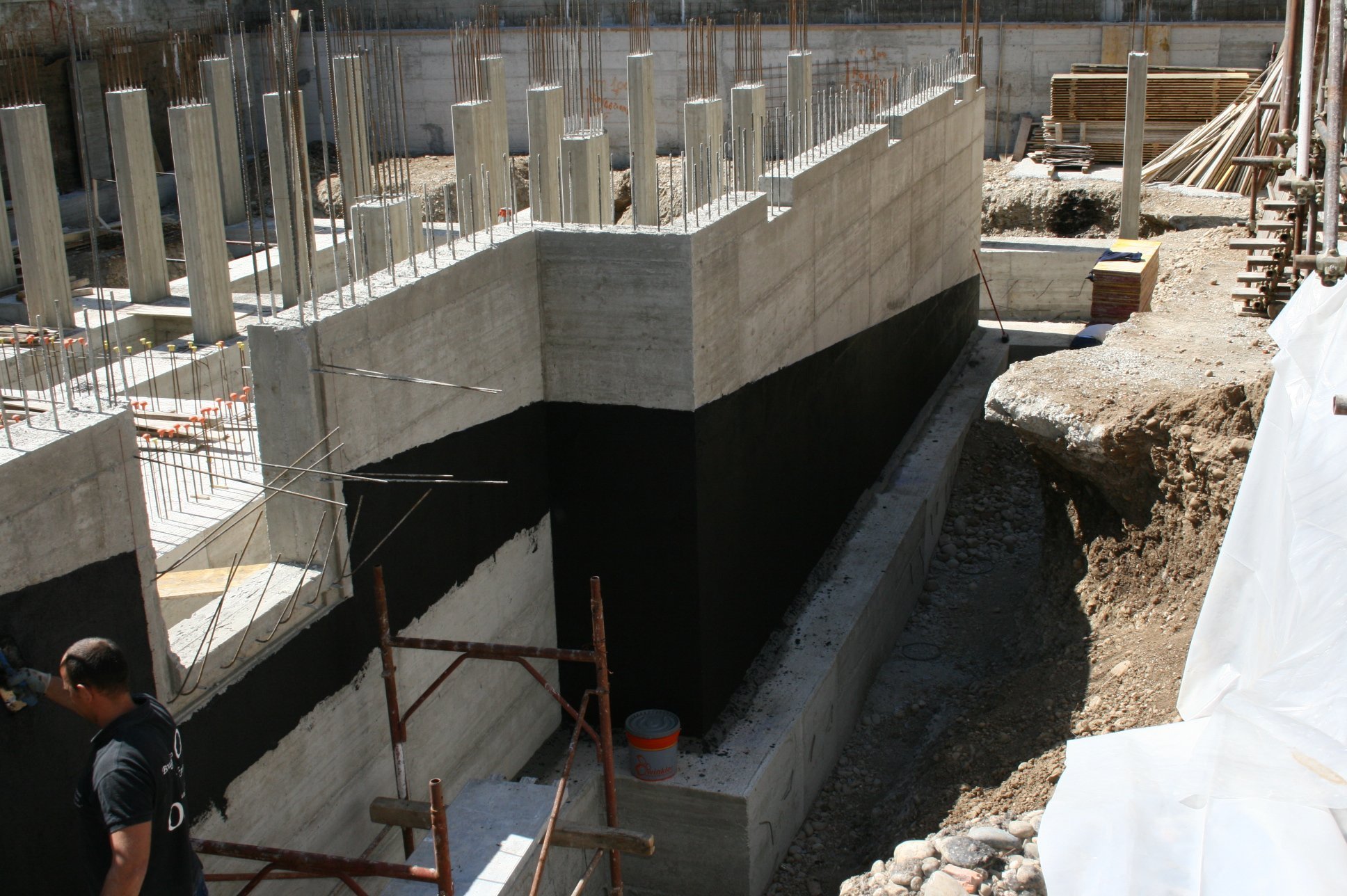Waterproofing is a essential aspect of maintaining the integrity and lifespan of tanks and swimming pools, as well as residential properties and structures in general. Damage from water can lead to costly repairs, health risks, and structural issues if left unaddressed. Whether you’re dealing with a basement that gets waterlogged during intense storms or a pool that leaks, understanding the importance of adequate waterproofing techniques is essential for any real estate owner. This article will walk you through the top practices in waterproofing, helping you protect your assets and ensure a safe environment for your loved ones.
In an age where the results of water damage can be disastrous, knowing how to properly waterproof your structures becomes increasingly important. From challenging common waterproofing myths to exploring the differences between interior and exterior solutions, we will discuss everything you need to know about preventing water-related issues. Join as we examine how waterproofing can save you a significant amount in repairs and the indicators that indicate your property might need prompt attention. This detailed approach will equip you with the insight necessary to address waterproofing directly and make informed decisions for your home projects. ### Key Waterproofing Techniques
Successful waterproofing starts with comprehending the specific requirements of your property. Assessing areas that are most susceptible to water damage is crucial. Common problem areas such as basements, roofs, and pools need special care. Routine inspections can aid in detecting current problems or future threats. Establishing a regular maintenance routine can keep these areas well-maintained, stopping water infiltration before it leads to expensive issues.
Selecting the appropriate waterproofing technique is vital for enduring defense. For basements, consider interior and exterior solutions, as each has its advantages depending on your home's structure. Roof waterproofing is equally important; flat roofs especially gain from specialized coatings that inhibit leaks. Swimming pools require a comprehensive waterproofing approach to prevent leaks and cracks, ensuring they remain safe and enjoyable for years. Knowing the correct product for each use will bolster effectiveness and also extend the life of your structures.

Lastly, hiring a professional waterproofing contractor can make a significant difference in the success of your waterproofing efforts. Qualified experts can offer customized strategies that meet the unique challenges of your property. They can also help debunk common waterproofing myths, ensuring you invest in methods that truly work. By employing these essential waterproofing practices, you can safeguard your investment and minimize the risk of expensive repairs down the line.
Frequent Waterproofing Fallacies
Many homeowners assume that waterproofing is only essential for areas that are often exposed to water, like cellars and bathrooms. This fallacy can lead to neglecting other areas such as roofs and patios, which are just as susceptible to water damage. Failing to waterproof these spaces can cause significant structural problems over time, including mold growth and deteriorating materials. Proper waterproofing should be taken into account for every aspect of a home, not just the easiest to identify areas.
Additionally common misconception is that every waterproofing products are the same. In fact, various materials and solutions are designed for particular purposes and conditions. For case, the waterproofing needed for a shower is different from that needed for a cellar. Using the unsuitable type can lead to insufficient protection and costly repairs. Homeowners should carry out thorough research or obtain professional assistance to pick the appropriate products for their needs.
Certain people also believe that once a structure has been waterproofed, little further maintenance is necessary. https://canvas.instructure.com/eportfolios/3535765/entries/13029540 is false, as waterproofing systems can wear out or become impaired over time due to environmental factors or building shifts. Routine inspections and maintenance are essential to guarantee continued effectiveness. Ignoring this consideration can result in major water damage and repair costs, undermining the initial investment in waterproofing.
Determining the Best Waterproofing Options
When it comes to selecting waterproofing solutions, understanding the specific demands of your property is vital. Distinct areas of a structure may require unique approaches, such as interior and exterior waterproofing. For example situation, basements may need more robust methods to combat moisture from the ground, while roofs require solutions that cope with harsh weather conditions. Assessing the conditions, climate patterns, and the overall structure will guide you toward the most efficient waterproofing choices.
It's also necessary to consider whether to take a DIY approach or employ a contractor. DIY tasks can save money, but they often come with hazards if not done correctly. Specialized waterproofing services may be more affordable in the long run, as they typically include warranties and comprehensive assessments. Knowing leaky basement and cons of each option can help you make informed decisions that align with your financial plan and home’s specifications.
Finally, investigate various waterproofing products available in the sector. From coatings to membranes, the appropriate product can enhance protection against water damage considerably. Look for options that are eco-friendly and have a proven track record. Research reviews, seek recommendations, and don’t be reluctant to discuss with waterproofing professionals to ensure you choose dependable choices that will provide long-term protection for your property or structure.
